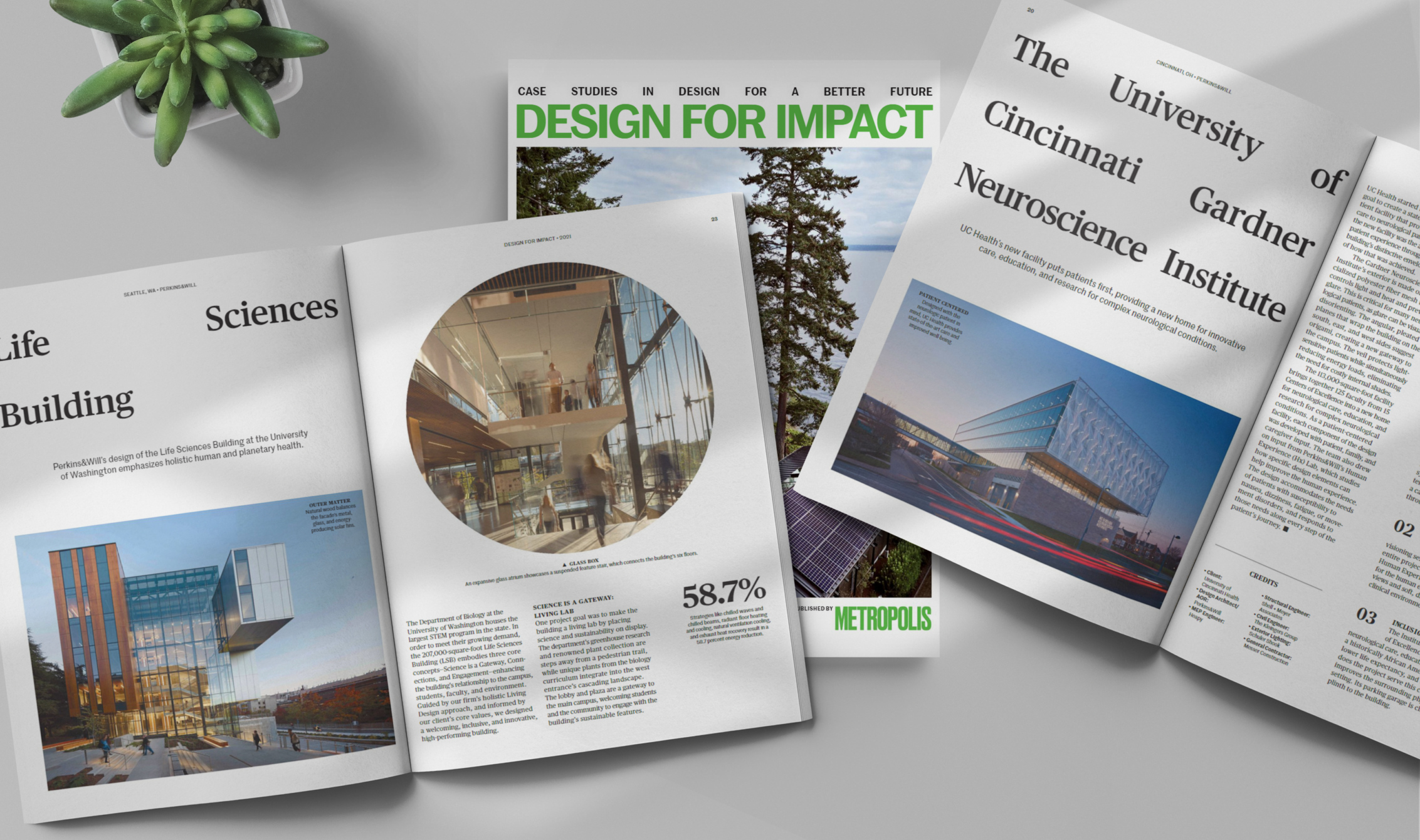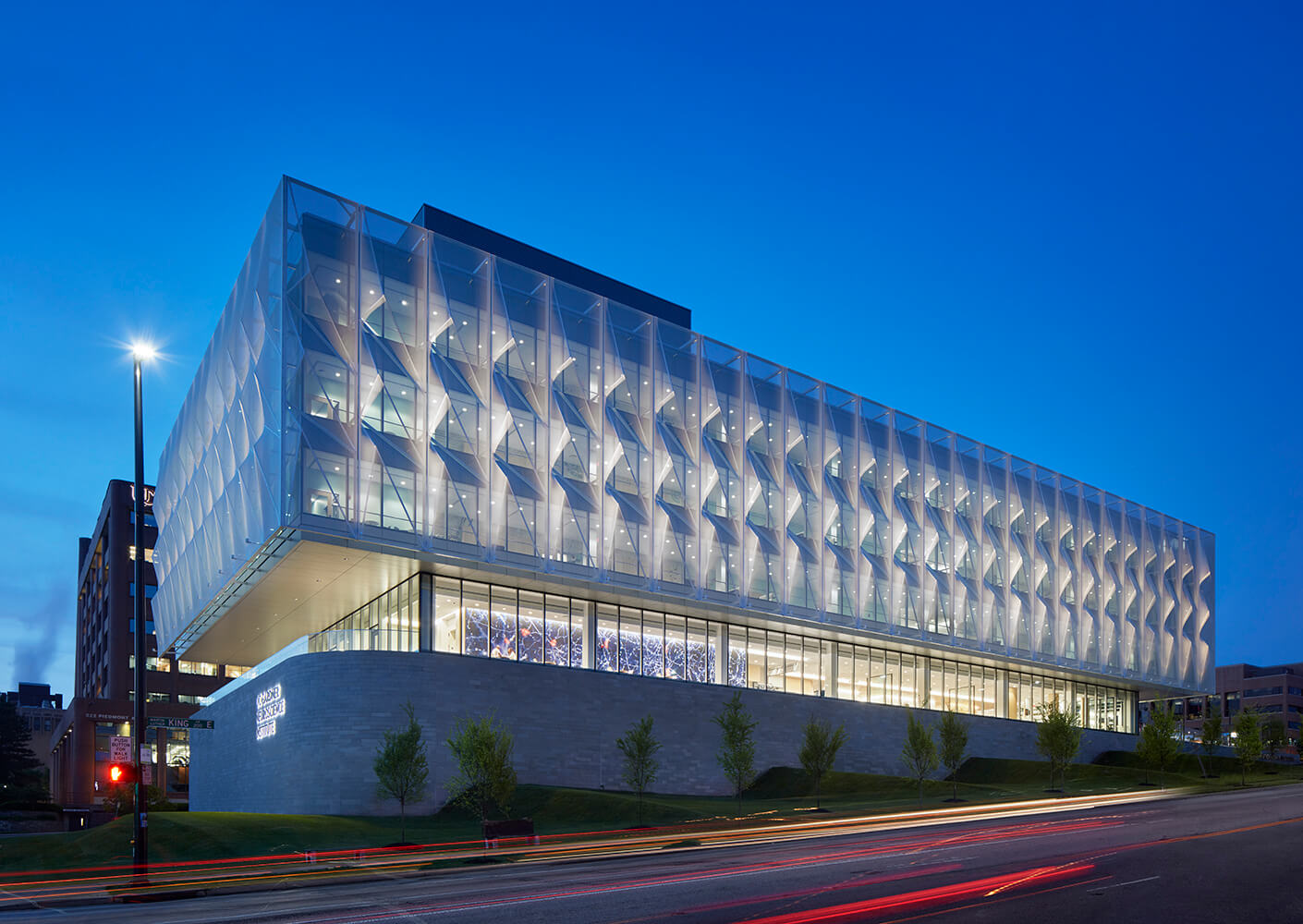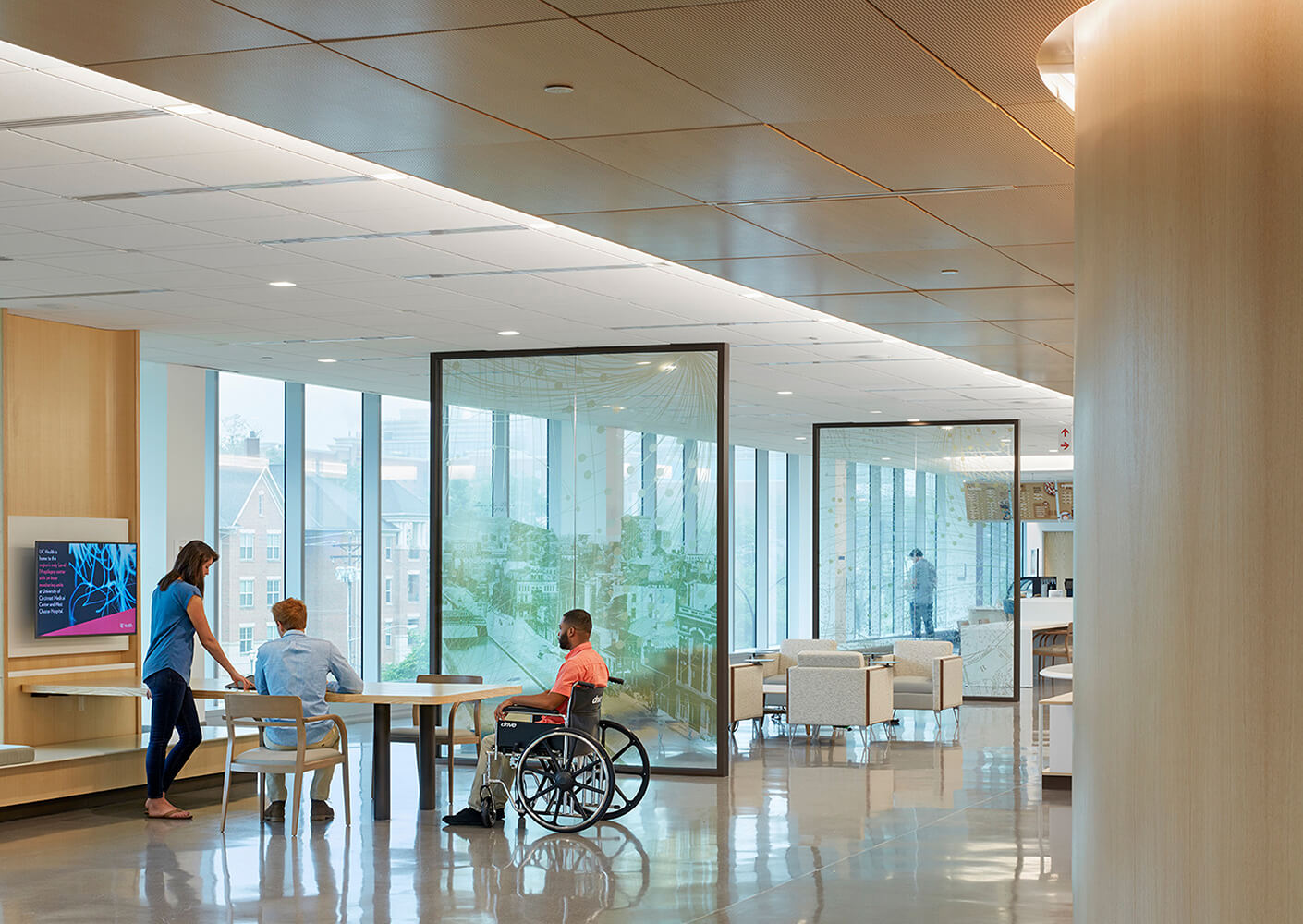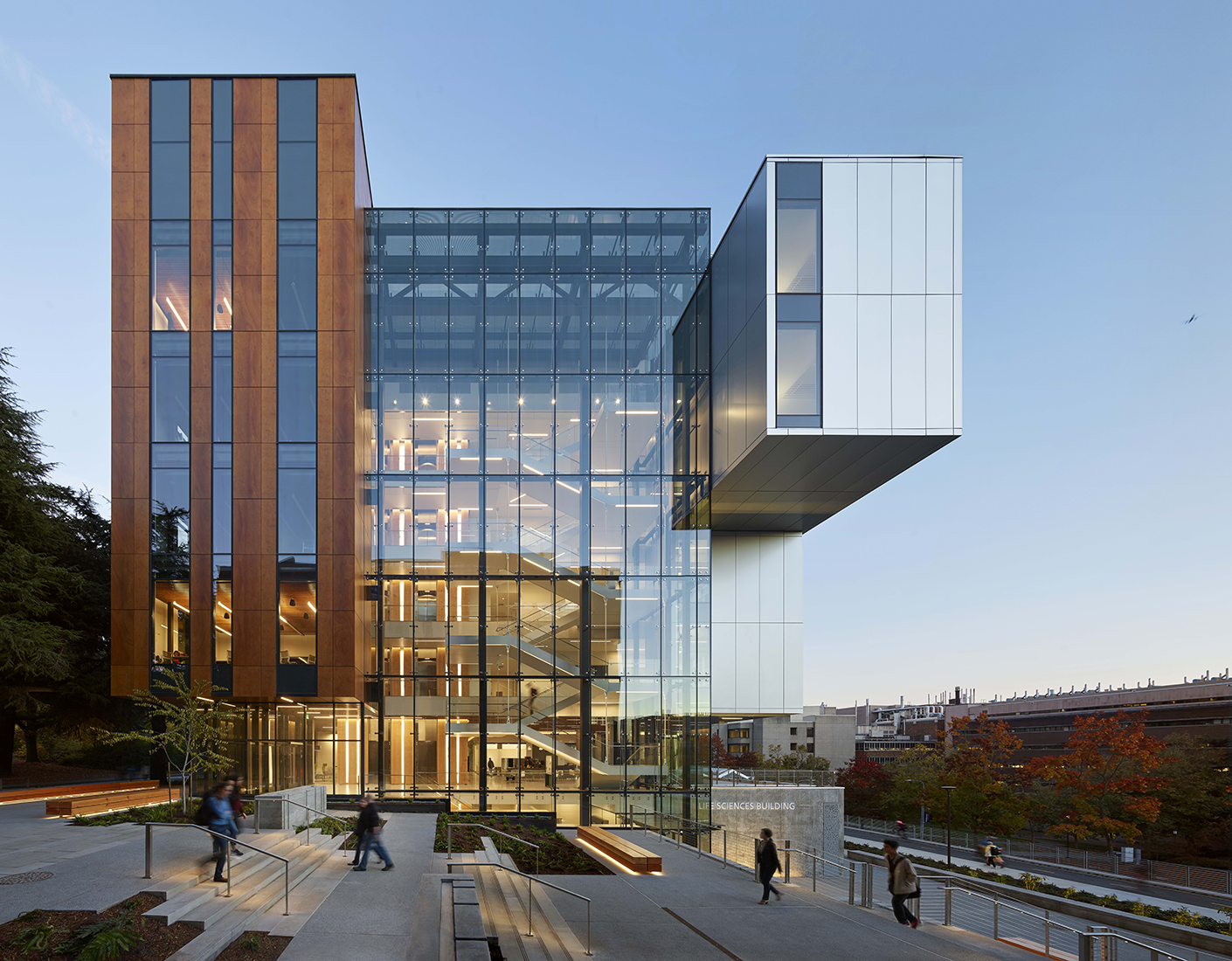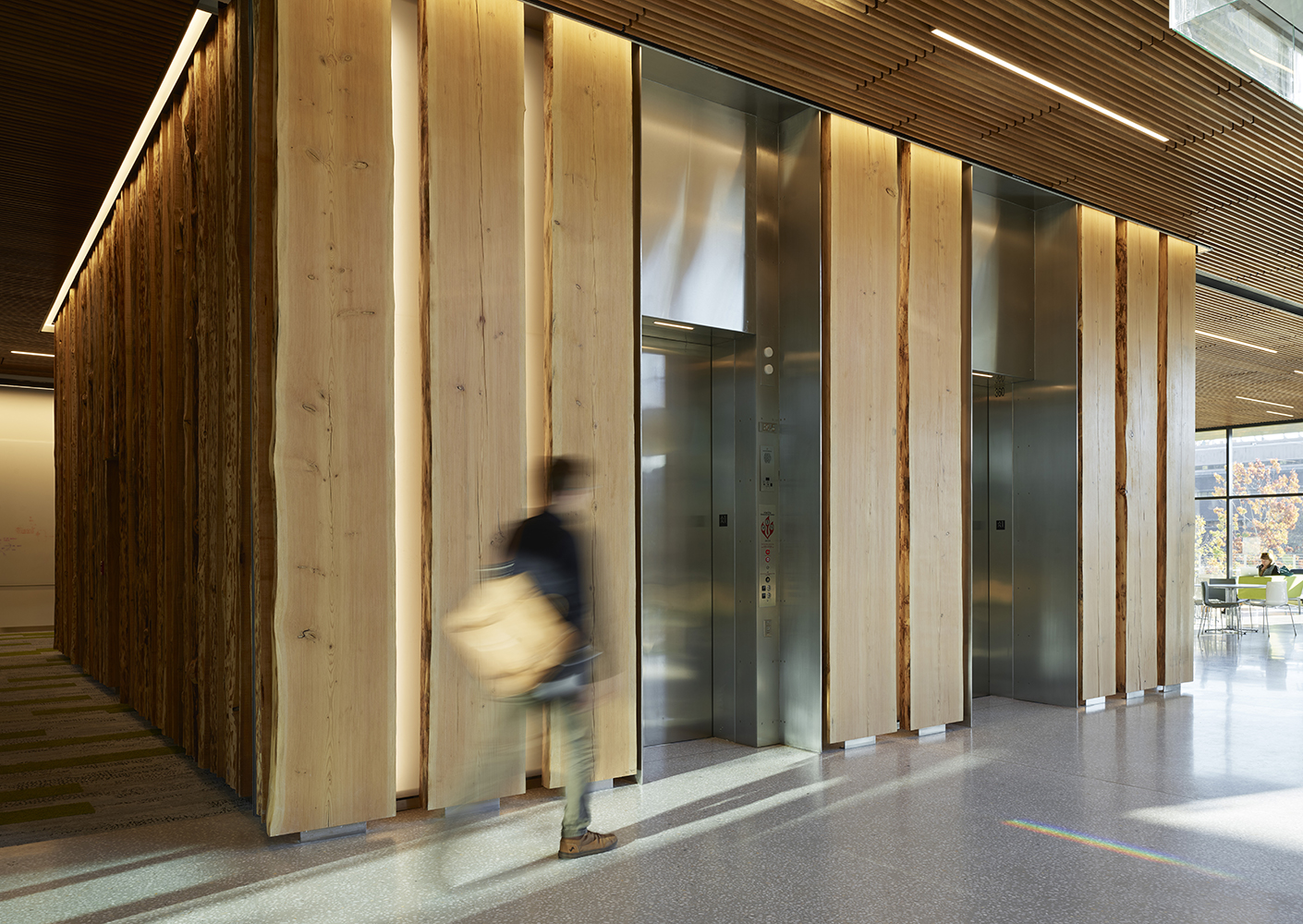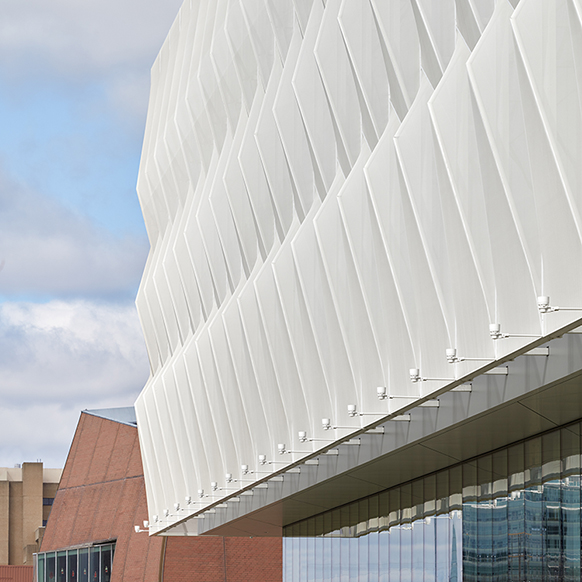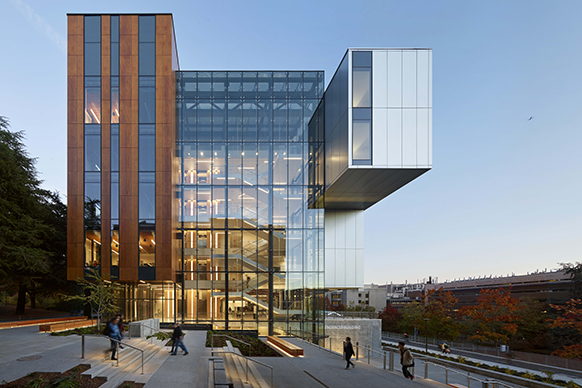Metropolis’s new publication, Design for Impact, showcases how innovative architects and interior designers are working toward a goal of creating a healthy, just, and sustainable world. The University of Cincinnati Gardner Neuroscience Institute and University of Washington Life Sciences Building are highlighted as ‘Spaces for Learning.’ While dedicated to the education of their occupants, these buildings also offer insights into responsible design and construction.
Design for Impact: Two of Our Projects Are Highlighted for Leading Positive Change in Sustainability and Human Health
